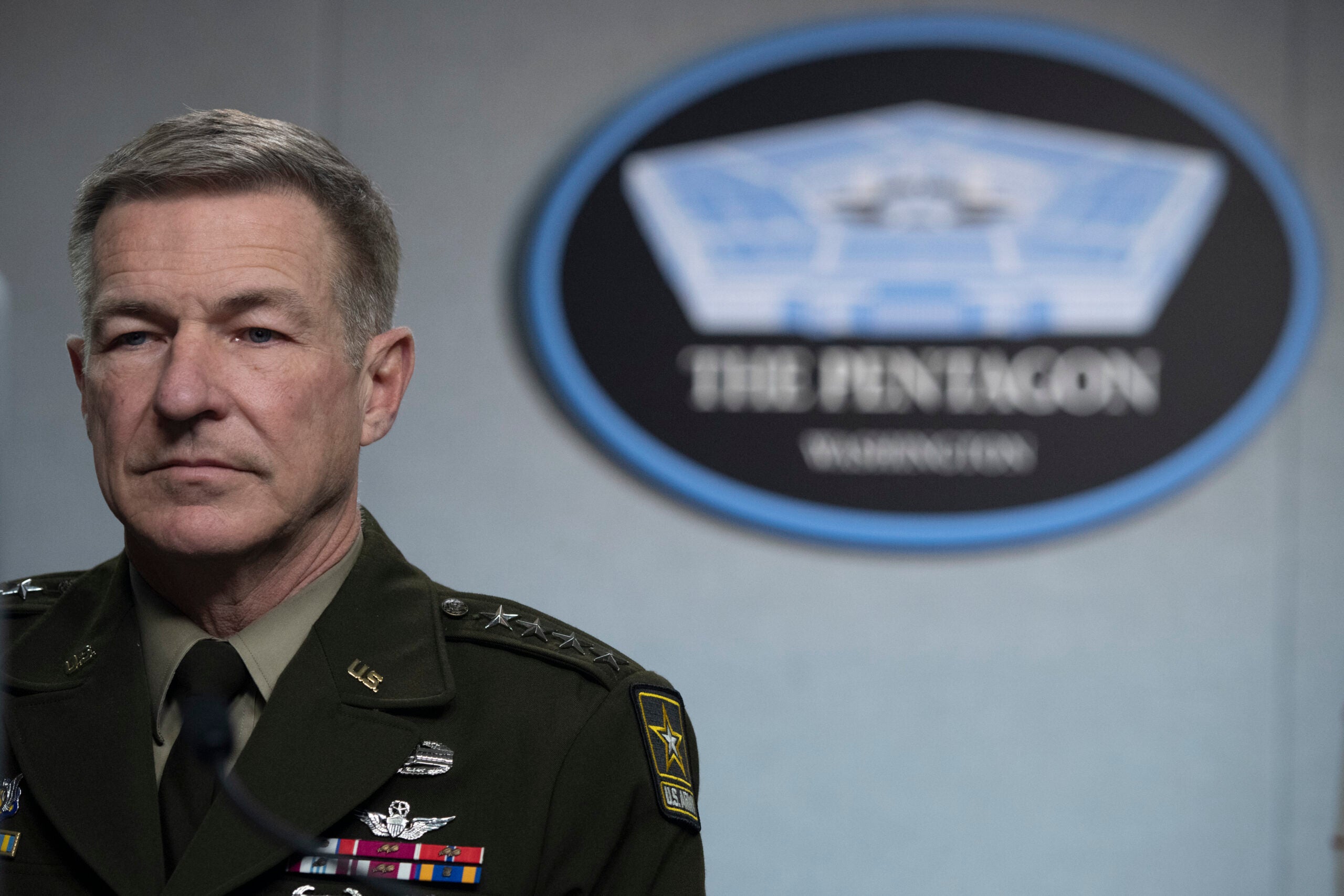Nicholas Charles Revello Plaintiff V.s Keren Laina Sangalaza Defendant
February 23, 2021
Veterans Day Message from President Trump
August 1, 2022
Navajo Code Talker Samuel Sandoval dies
August 1, 2022
Single Judge Application; Murphy v. Wilkie, 983 F.3d 1313, 1318 (Fed. Cir. 2020) (citing Boggs v. Peake, 520 F.3d 1330, 1336 (Fed.Cir. 2008)); see Ephraim v. Brown, 82 F.3d 399, ...
Single Judge Application; § 5110; equitable tolling; On June 17, 2021, the Federal Circuit issued Arellano, which declined to revisit the rule that “equitable tolling is inapplicable to § 5110’s ...
Single Judge Application; “The Federal Circuit made it clear that the Board is not bound by ; Overton, 30 Vet.App. at 264 (“he Board is required to discuss any relevant ...
Single Judge Application; substantive negative evidence; Fountain v. McDonald, 27 Vet.App. 258, 272 (2015); Horn v. Shinseki, 25 Vet.App. 231, 239 (2012); to the extent that the Board’s analysis may ...
Single Judge Application; writ; The Board’s decision to remand this matter, in order to obtain additional, and impliedly negative evidence, is an exercise of “naked and arbitrary power.” See Yick ...
Single Judge Application; In Rizzo v. Shinseki, the U.S. Court of Appeals for the Federal Circuit previously held that VA need not affirmatively establish an examiner’s competency. 580 F.3d 1288, ...
Single Judge Application; failure define term or degree; Mr. Thornton cites Johnson v. Wilkie, 30 Vet.App. 245, 255 (2018), arguing that the Board must disclose the standard under which it ...
Tip for beginners: DO NOT attack 1 White Skull bases, they reward Veteran XP at a 50% rate. 2 White Skull and 3 Red Skull bases reward Veteran XP at ...
As a veteran pee wee football for over 25 years I have seen it all and in the last six years the latest craze has been the single wing offense.The ...
198 Veterans News - Copyright AllRights Reserved.
:quality(70)/cloudfront-us-east-1.images.arcpublishing.com/mco/T56ADX64ANDYNP5MWRKCULXRZA.jpg)



:quality(70)/cloudfront-us-east-1.images.arcpublishing.com/mco/QBYJTGYCQBHSVITAL32RAO7HAA.jpg)




:quality(70)/cloudfront-us-east-1.images.arcpublishing.com/mco/YVREBMCGTNFNTI6PSBKVQDR7CU.jpg)

